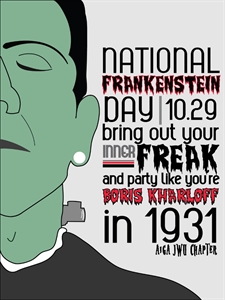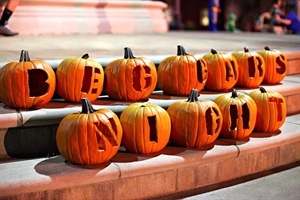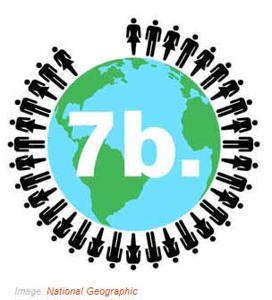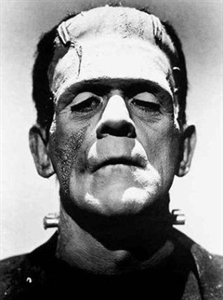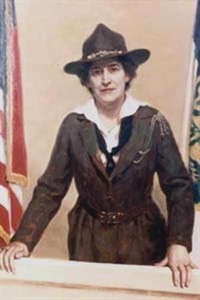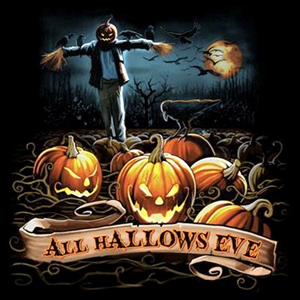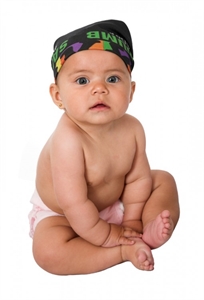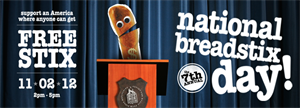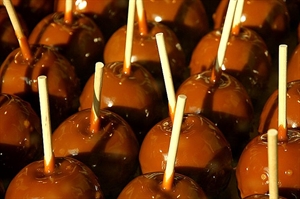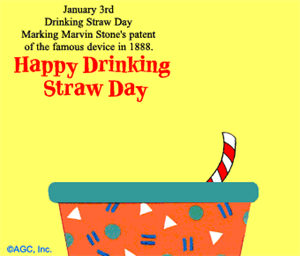Samhain Day 2024 is on Thursday, October 31, 2024: Samhain!!!!!!!!!!!!!!!?
Thursday, October 31, 2024 is Samhain Day 2024. Samhain - a day of remembrance Samhain (an ancient Gaelic
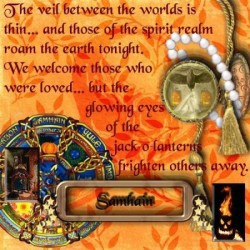
Samhain - the Festival og the Dead. it is celebrated on the last day of October (in the northern hemisphere) or the first day of May (in the southern hemisphere). Samhain stands halfway between the autumn equinox Modron and Yule. It is sometimes seen as the beginning of winter, but it is also the Festival of the Dead, when we remember and honor the ancestors. It is a magical time when the veil between the worlds of the dead and the living is thin, and in Wicca we celebrate death as a part of life, and to give positive value to the idea of going into the dark.
Our Celtic ancestors saw Samhain as a key point of the year's turning, a chance to begin anew. The eight-century scholarly monk Bede noted that custom named November the "blood month," and he attibuted this to the slaughter of beasts in preparation for winter privisions. With the surplus from summerburned on a balefire, our peace made with the dead and preparations made for the winter, our ancestors may well have seen this as a key departure point from the ols cycle into the new. This is why pagans today refer to this festival as the Celtic New Year. Although Samhain is literally "first frost" and thus the first of the winter festivals, it alse marks preparation for change.
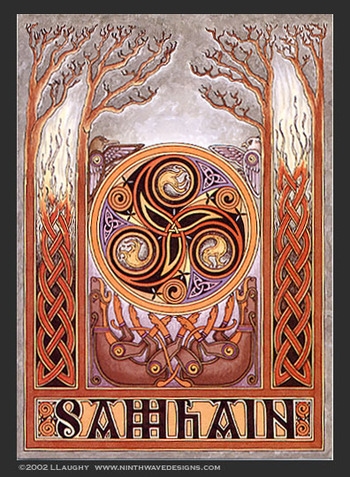
Do you celebrate Samhain?
Samhain (sow-in) marks the Celtic New Year. With the rise of Christianity, Samhain was changed to Hallowmas, or All Saints' Day, to commemorate the souls of the blessed dead so the night before became popularly known as Halloween, All Hallows Eve.
The Samhain celebration I observe combines my family’s traditional American Indian observance and my Wiccan practice.
It begins with cooking food for what the Menominee and Ojibwa call a "Ghost Feast." Favorite dishes of relatives who had died are prepared as well as special dishes to represent our ancestors. For example, a meatpie is made to honor our French-Canadian ancestors and wildrice is made to honor our Ojibwa and Menominee ancestors and my Irish grandmother prepares corned beef and cabbage. (The food should not be "tasted" as it is prepared).
A fire in the backyard. The large dining room table was set with a white table cloth and white candles are placed around the room. All the plates and glasses, except for one set, are placed upside-down on the table. The one plate and glass that is not upside-down was placed at the head of the table. That place was set for any spirits who chose to join in the feast. The veil that separates the earthly world and the spirit world is at its thinnest during this time of year, and the spirits are the guests of honor.
Invited guests bring food that represents their ancestors or dead relatives. Everyone who brought food had been instructed not to taste any of the food as it was being prepared.
Everyone is given paper on which to write a "New Year's Prayer/Petition".
All the food is laid out in the kitchen and every cover on every pot is lifted. A large glass jar is filled with water. All the white candles are lit and the lights are turned off. A prayer is said over the food and water, a special “spirit plate” (which was a paper plate) is prepared. A small portion of every item that is served, including the butter, salt, the drinks and water from the jar are placed on the “spirit plate”. A pinch of kinnikinnik (Indian tobacco) is put on the plate.
Everyone goes outside to the fire and a circle is cast. We sing "The Cone of Power" song: "Circle round the fire to raise the cone of power to bring what we desire, so mote it be. Weave the magic by the moonlight, dance the circle all night long. Weave the magic by the fire dance and sing the witches' song" (I wish I could transmit the melody). As the song is repeated over and over the song is sung faster and faster with more intensity as we visualize the raising of the Cone of Power. The spirit plate is the placed the in the fire, along with boughs of cedar. Everyone places their New Year's prayer/petition into the fire. The energy raised is sent to the fire, to energize our prayers/petitions. We also send energy of blessings to our family and friends that are not present. We earth (ground) the power, and the circle is opened.
While everyone remains outside, one person (usually me in recent years) goes back into the house. The plates and glasses are turned over. The lights are turned on, and everyone re-enters the house.
The large glass jar with water is passed around and everyone takes a drink from it. It is continued to be passed until all the water was gone. Then everyone takes is instructed to take at least a small portion of everything that had been prepared. We eat.
After the feast we go back outside to the fire and do some drumming and singing (and dancing round the fire). I also give Tarot readings to anyone interested. Because this is also a Native American ritual, it should be noted that absolutely no alcohol is served.

What day is Samhain....?
Modern-day Samhain is on October 31, although individuals may celebrate for a period of several days if they choose. It is equated with October 31 now because Halloween today takes place on that date, but the historical records and stories place it on November 1. However, at that time and place the day began at sundown the night before - so technically it is from sundown October 31 to sundown November 1. Also, according to some sources both Samhain and All Hallows (All Saints and All Souls) were celebrated for several days, not just one. Today All Saints and Souls are still celebrated that way in some countries. All Saints Eve (All Hallows Eve-Hallowe'en) is October 31, All Saints Day is November 1, and All Souls Day is November 2. In the medieval stories and records Samhain was said to be celebrated for one day or for seven days (the three days before, Samhain, and the three days after). Today the word "Samhain" is the Irish word for "November" and Halloween in the Irish language is "Oiche Shamhna" which means "November eve" or "Samhain eve".
The relationship between Samhain and Halloween is a little different from what is stated in most popular versions of history, but the two days are definitely related.
EDIT: The above answer is correct about the date being different in the past, as the Roman calendar wouldn't have been used by the Irish Celts prior to the coming of the Christians.


